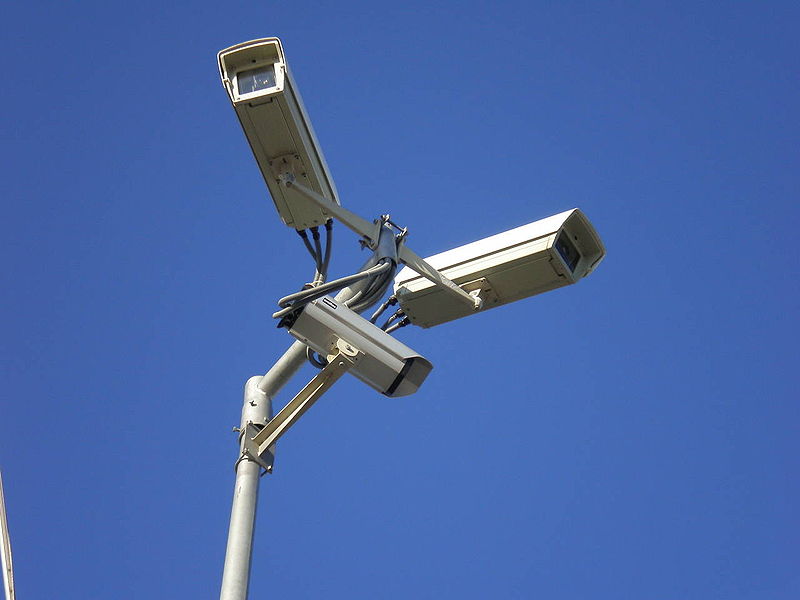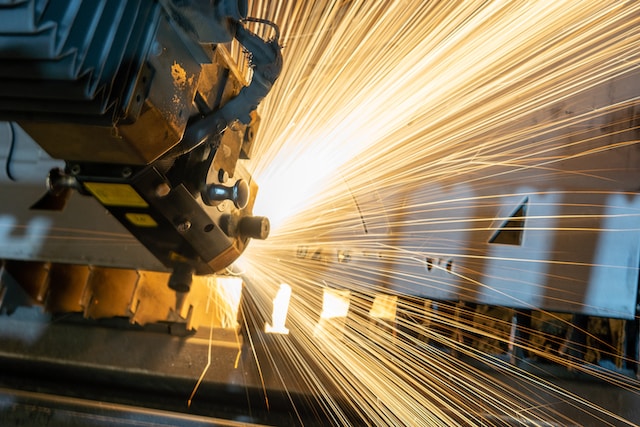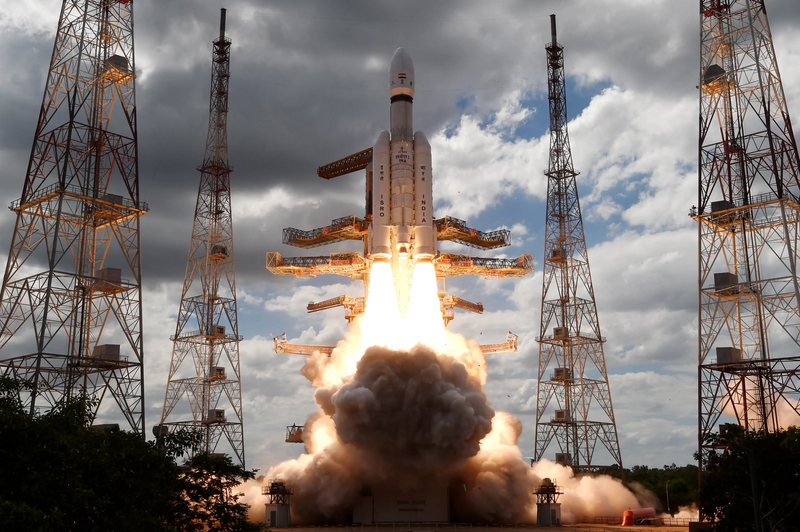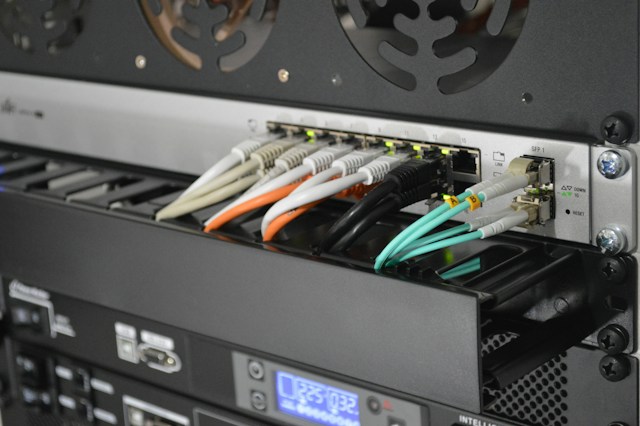Technology has influenced almost every aspect of our lives, and one of its most positive characteristics is how it helps people feel safer. Tech-centric security measures promote well-being, whether individuals are at home or away.
Here are three ways security technology has had a positive influence on our lives.
1. Reduces Dependence on Professionally Installed Security Systems
The tech evolution in the security sector has resulted in an impressive assortment of options for people who want to install home security equipment on their own.
Professionally installed possibilities still exist, of course. But, interested individuals can install indoor and outdoor cameras, high-tech doorbells, smart locks, and much more without dealing with the momentary inconvenience of service providers coming into their homes. DIY options also usually don’t require contractual agreements, although some devices do come with monthly service fees for specific features.
2. Offers More Proactive Monitoring
Security analysts undoubtedly have tough jobs. Aside from dealing with current threats at their organizations, they must keep their networks locked down to reduce the probability of hackers finding additional vulnerabilities.
Fortunately, artificial intelligence (AI) helps security specialists who already have continually growing workloads. Typical security analysts investigate as many as 25 incidents per day. While doing so, they engage in time-sensitive processes that result in a high number of false positives. AI minimizes those by analyzing data with more accuracy and speed than humans can achieve.
As such, it allows security professionals to recognize threats that they might otherwise miss. Similarly, some AI home security cameras can differentiate between people and animals versus static objects right out of the box. The Lighthouse camera is a model that can eventually learn certain individuals’ faces, too.
3. Helps Verify Credentials and Grant Access
Many large-scale facilities — ranging from correctional facilities to power plants — have automatic security gates. These are usually crash-tested to withstand impacts from vehicles and even attacks. In the past, security guards oversaw those entry points by sitting in shacks and waiting for people to arrive. Then, the security professional would check for the appropriate access credentials, such as visitor passes or employee badges. When warranted, the guard would press a button that raised the gate and allowed entry.
Those arrangements aren’t entirely outdated, but security technology has made it less necessary to depend on human personnel 24 hours a day. For example, during the times that usually have lower-than-average traffic, a person might access a facility by scanning a barcode on an ID card or using a fingerprint reader at the electronic gate. Security cameras allow the staff to watch from inside the facilities as people come and go, intervening when necessary.
Because both personal- and enterprise-grade security systems provide remote monitoring, authorized representatives can keep tabs on their property even if they’re hundreds of miles away. Many apps store security data in the cloud, allowing people to review it at their leisure.
Security Technology Is Progressing, But It’s Not Perfect
Despite all the advancements technology has contributed to the security industry, flaws exist. Security researchers regularly find vulnerabilities and dutifully report them to the manufacturers. In most cases, they can be fixed quickly. But, before investing in any type of security technology, it’s crucial to read the reviews and educate yourself as much as possible.







